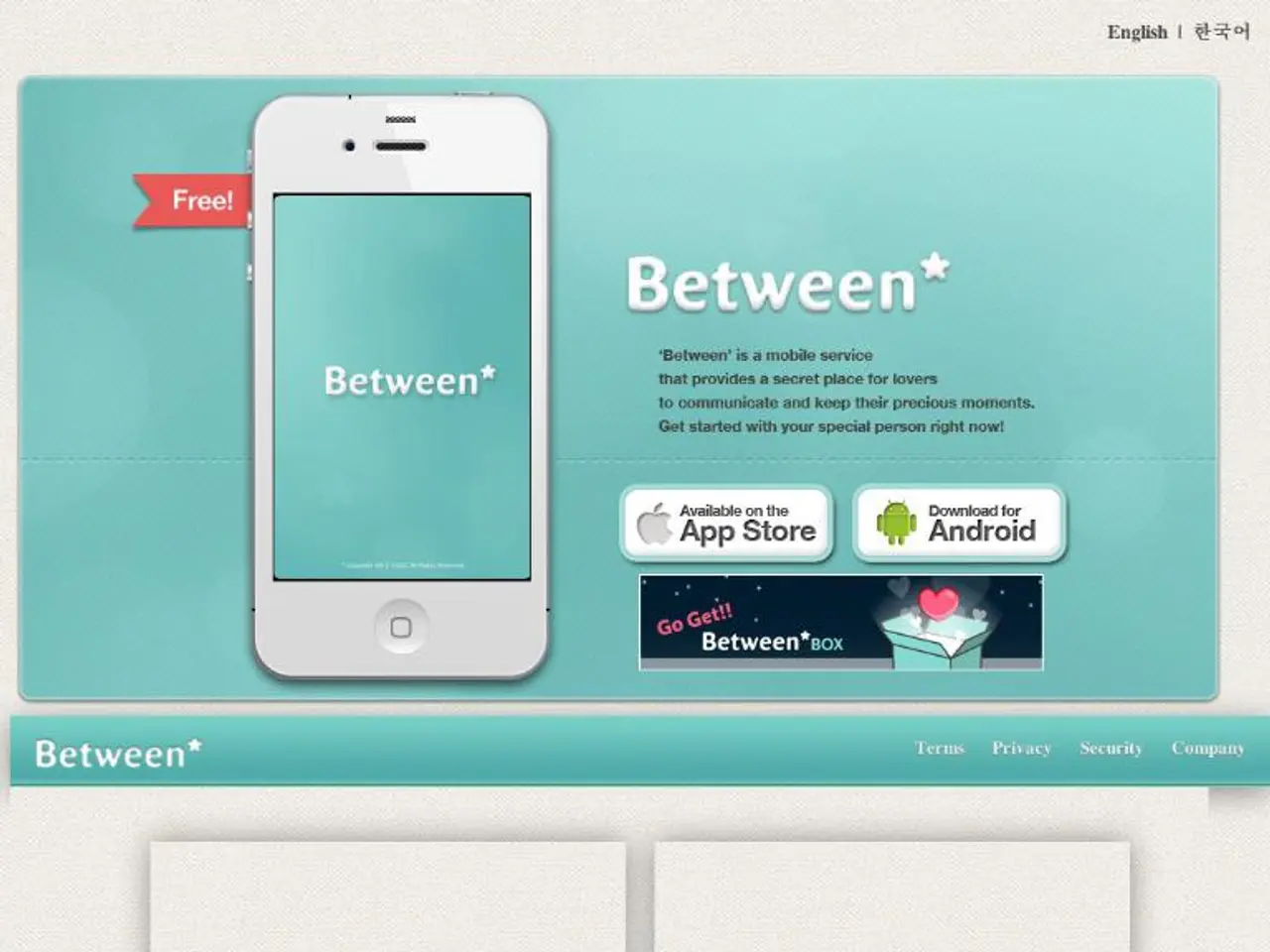AI's Intriguing, Non-Constrainted Benefit Beyond Efficiency
Artificial Intelligence and GenAI: Where Now Meets the Next Era of Creativity
The world of artificial intelligence (AI) is bursting with potential. It's not just about boosting productivity or personalizing customer experience anymore. The horizon is brimming with unforeseen innovations, and industry experts are already exploring the possibilities.
"The future of AI isn't about hyper-productivity or personalization," says Ben James, founder of 404 and Bittensor Subnet 17. "It's about autonomous creativity."
We're edging towards a reality where AI doesn't merely generate content, but orchestrates entire digital ecosystems that evolve, adapt, and respond dynamically to both human stimuli and AI-driven inputs. According to James, this vision of AI is no longer a pipedream - it's just a matter of time before we witness it in full bloom.
"Today, AI technology can easily generate text, art, music, or a 3D rendering," James says. "But the real breakthrough will come when AI is fully capable of designing persistent digital spaces that grow and thrive organically, following their own rules, aesthetics, and operational dynamics."
AI's involvement in creative spaces raises an intriguing question: "Could AI develop its own creative movements that rival the revolutions of the past?" ponders James. As AI influences pile up, it's not outlandish to imagine a future where people look to this technology for inspiration instead of the other way round.
AI is also set to revolutionize communication by "interpreting wave-based signals," says Devansh Agarwal, senior machine learning engineer at Amazon Web Services. This wave-based communication could encompass new methods like ultrasound waves, electromagnetic waves, and WiFi signals, completely changing how we communicate. Sensing waves is not a novelty - it's the AI's ability to analyze these waves that makes the difference.
AI is developing at a staggering pace and is poised to revolutionize day-to-day life in unimaginable ways. Subtle wave variations, which were once impossible to extract meaningful insights from, can now be decoded with newfound accuracy thanks to AI's ability to analyze these irregularities. Coupled with emerging technologies, AI could pave the way for life-altering innovations like speech prediction through silent mouth movements, ultrasound-based human-computer interaction, farmers monitoring animal health remotely, or security systems detecting human presence through Wi-Fi signals.
Multimodal AI models, autonomous generative agents, creative collaboration, dynamic content creation, and real-time applications are some of the key trends that will define the future of AI in autonomous creativity. As AI continues to evolve, it not only amplifies human creative potential but also challenges existing norms and demands innovative ethical and environmental solutions.
- Columbia Business School researchers are investigating the potential of AI in fostering unprecedented innovations, exploring how AI can drive autonomous creativity beyond mere productivity enhancement.
- Undeniable innovations in AI technology, such as Devansh Agarwal's work at Amazon Web Services on wave-based signal interpretation, could reshape communication methods by utilizing ultrasound waves, electromagnetic waves, and WiFi signals.
- As the realm of artificial intelligence expands, we may witness AI-driven innovations that challenge conventional wisdom, like speech prediction through silent mouth movements, ultrasound-based human-computer interaction, or farmers monitoring animal health remotely.
- In the upcoming era of AI-driven creativity, figures like Ben James envision AI developing its own creative movements that could rival the historical revolutions of art, music, and literature, potentially turning the tables on human inspiration sources.



